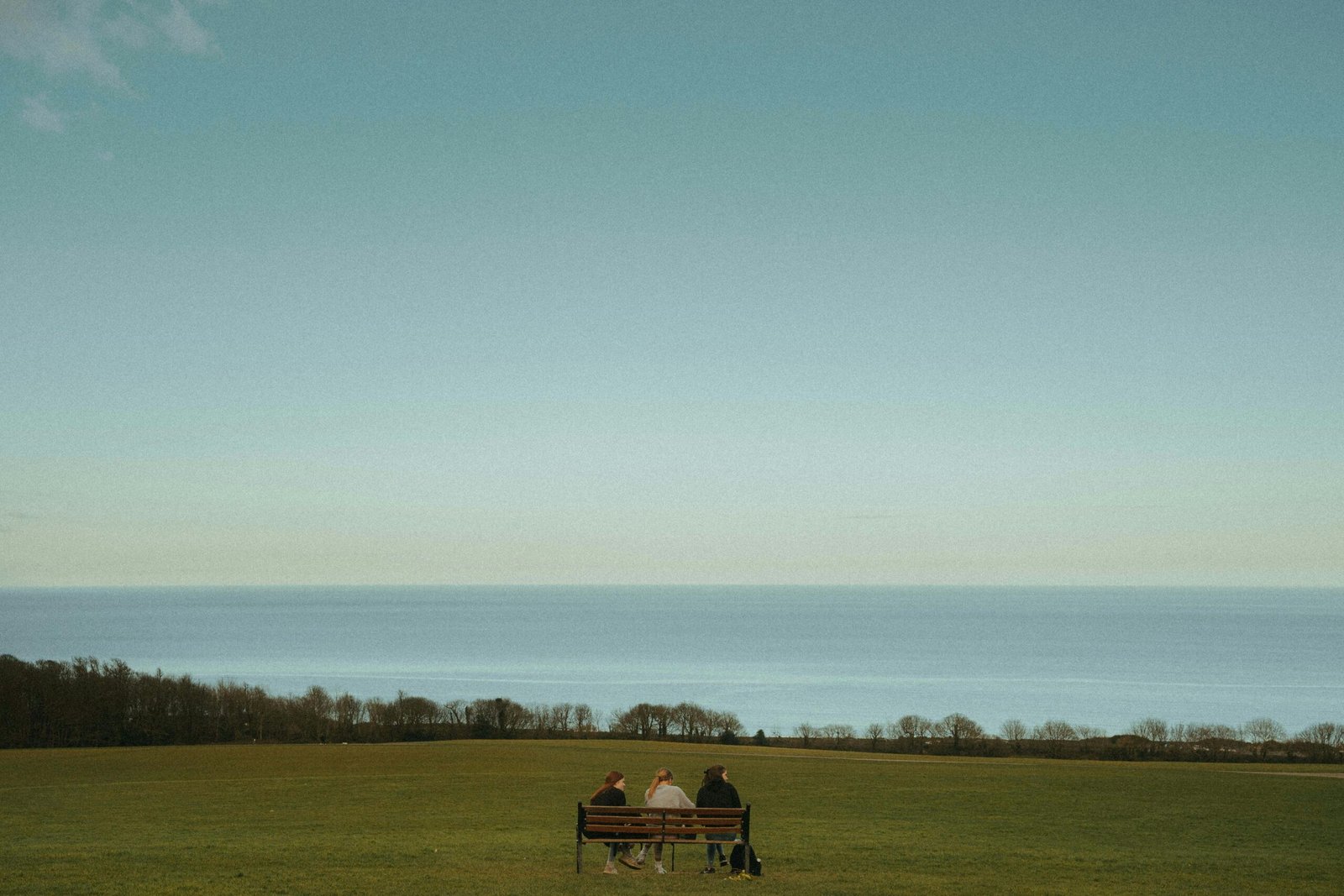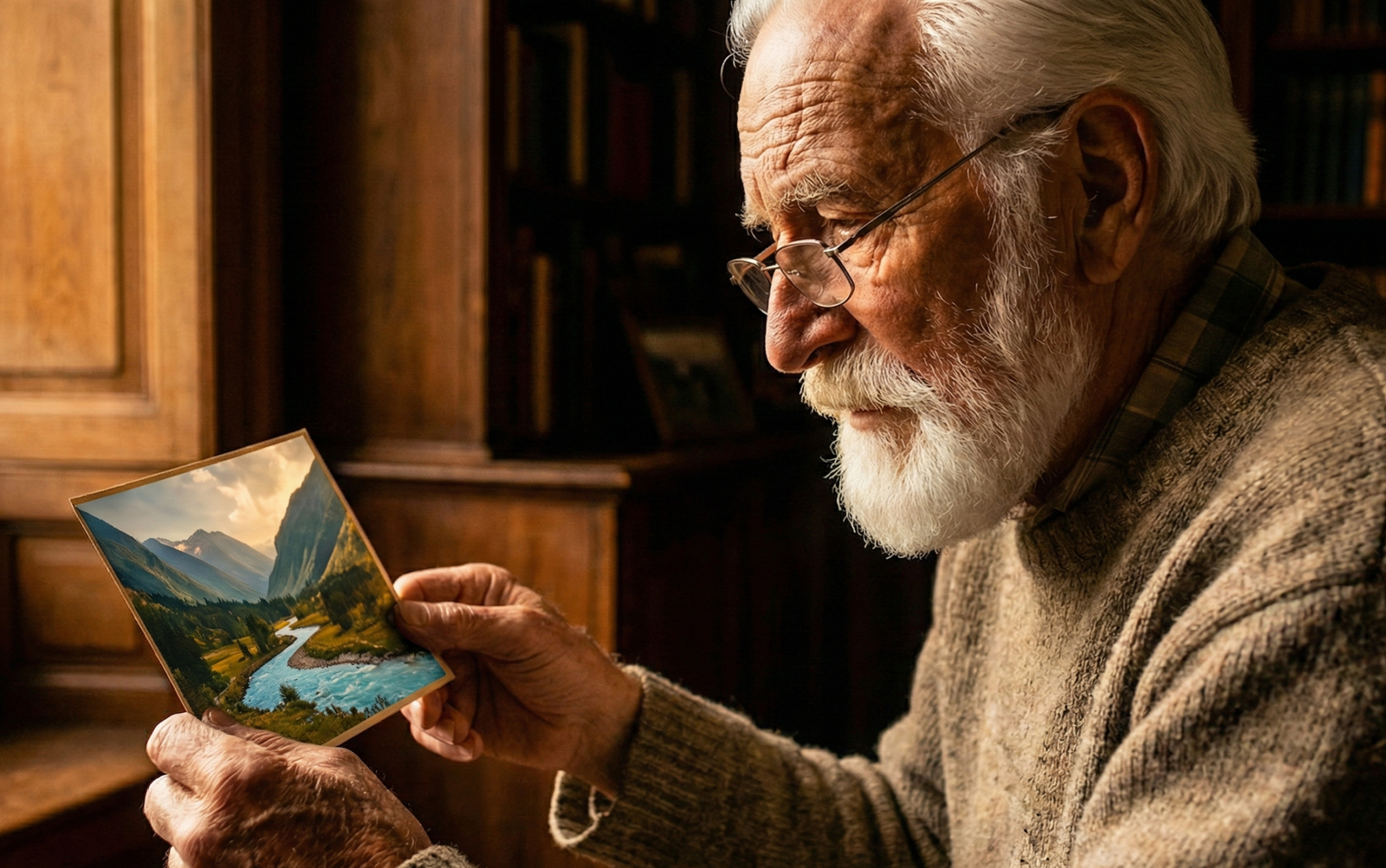The Power of Visual Perception
Photography goes far beyond the mere click of a camera; it’s an intricate dance between artistry and psychology, shaping our perceptions in ways we may not even realize. Now, we delve deep into the fascinating interplay between these two disciplines. Together, we’ll unravel the mysteries behind how we perceive and interpret images, exploring the profound impact of color, composition, and framing on our visual experiences. Let’s unlock the mysteries behind the psychology of photography, revealing the hidden gems that elevate snapshots into timeless works of art.
Color Psychology: Painting Emotions
Imagine a world devoid of color—a landscape stripped of its vibrancy and vitality. Colors possess an extraordinary power, transcending mere visual stimuli to evoke emotions and shape our very perceptions of the world. In the realm of photography, this power becomes a potent tool in the hands of skilled artists. Delving into the intricate realm of color psychology, photographers unlock the secrets to crafting images that resonate deeply with viewers.
Picture a scene bathed in hues of fiery reds and oranges, igniting a passion that courses through your veins, or a serene tableau painted in cool blues and greens, lulling you into a state of tranquil reverie. With every brushstroke of color across the canvas of their compositions, photographers wield the ability to elicit visceral responses, immersing viewers in a world where emotions speak louder than words. As we journey deeper into the realm where artistry meets psychology, we unravel the transformative power of colors in photography, inviting you to explore the boundless possibilities that await within the spectrum of human emotion.
The Power of Composition: Guiding the Viewer’s Eye

Composition is the backbone of any photograph. It involves arranging the elements within the frame to create a visually appealing and balanced image. But composition goes beyond aesthetics; it also plays a crucial role in guiding the viewer’s eye and conveying a particular message or story. By understanding the principles of composition, such as the rule of thirds, leading lines, and symmetry, photographers can direct the viewer’s attention to the main subject or create a sense of movement and rhythm within the frame.
The Art of Framing: Creating Context and Focus
Framing is another powerful tool in a photographer’s arsenal. It involves using elements within the scene to create a frame around the subject, drawing attention to it and providing context. A well-executed frame can add depth and dimension to an image, making it more engaging and visually interesting. Whether it’s using natural elements like trees or architectural structures, photographers can use framing to create a sense of place and emphasize the subject’s importance within the overall composition.
The Subconscious Impact: Unconscious Influences in Photography
While we may not always be aware of it, our subconscious mind plays a significant role in how we perceive and interpret photographs. Certain visual cues and elements can trigger emotional responses and associations, even if we can’t articulate why. For example, a diagonal line in a photograph can create a sense of movement and dynamism, while a symmetrical composition can evoke feelings of balance and harmony. By understanding these subconscious influences, photographers can create images that resonate on a deeper level with their audience.
Conclusion
As we conclude our exploration into the fascinating realm where photography meets psychology, it becomes evident that their connection runs far deeper than meets the eye. Through an understanding of visual perception, color psychology, composition, and framing, photographers wield a potent arsenal capable of transcending mere snapshots. They craft images that resonate on a visceral level, stirring emotions and weaving narratives that linger long after the moment has passed.
So, as you embark on your next photographic endeavor, remember the profound influence of psychology on the art form. Embrace the power you hold to not only capture moments but to ignite emotions and weave captivating stories through your lens. In harnessing the psychology of visual perception, you unlock the true potential to engage and captivate your audience, leaving a lasting impression that transcends the boundaries of time and space.



